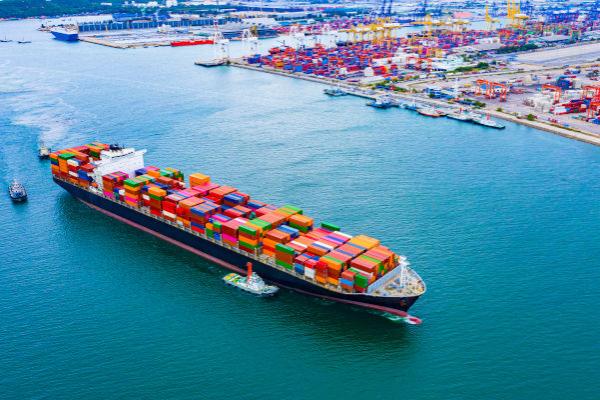Overview
The EU is the world's second biggest producer of pork after China and the biggest exporter of pork and pork products. The EU's main producer countries are Germany, Spain and France and between them they represent half of the EU's total production. The EU exports about 13% of its total production. Most of the EU's pork exports go to East Asia, in particular China.
Pork is covered by the common market organisation and has never been subject to linked payments or production quotas. Only in very limited cases have private storage schemes been used to stabilise pig markets during times of crisis.
Market monitoring
The aim of the meat market observatory is to provide the EU beef, veal and pork sector with more transparency by providing up to date market data and short-term analysis.
At the monthly committee for the common organisation of the agricultural markets the European Commission presents the market situation in the pig sector. The trends on how the market for pork is expected to develop can be found in the Commission's short-term and mid-term reports.
The agri-food data portal gives market data on national and EU agriculture such as process, production, trade, tariff rate quotas.
Related information
- 30 AUGUST 2019
Trade
Pork imports from third countries are subject to import duties. Common customs tariff duties ensure that EU pork is able to compete on the internal market with non-EU countries. Within the framework of international and bilateral trade agreements, the EU operates a system of import quotas with specific country allocations or open for all.
Related information
Producer and interbranch organisations
Carcass classification and price reporting
The EU wide system of carcass classification and comparable pig prices provides the basis for objective grading of carcasses in slaughterhouses and fair payment to producers.
- 2 AUGUST 2019
Regulation of supply of PDO/PGI ham
European Union countries are allowed, under certain conditions, to apply rules to regulate the supply of protected designation of origin (PDO)/protected geographical indication (PGI) hams upon the request of a producer organisation, an interbranch organisation or a PDO/PGI group.
This measure is aimed at ensuring the value added of quality products benefiting from a PDO or a PGI.
Currently this measure applies to two products:
Related information
Geographical indications and quality schemes explained
Committees
Various committees, composed of government representatives and chaired by a European Commission representative, meet regularly to ensure that the Commission's responsibility for adopting implementing acts is exercised under the control of EU countries.
The committee for common organisation of agricultural markets (CMO) meets regularly to discuss areas such as the evolution of market prices, production and trade in the EU and non-EU countries.
The Civil Dialogue Group and Working Group on Animal Products maintains the role of assisting the Commission in maintaining a regular dialogue on all matters related to pigmeat.
Legal bases
The legal bases for the EU pork sector is covered by Regulation (EU) 1308/2013 on the common market organisation and by European Commission implementing and delegated regulations on private storage during periods of crisis:


